The Female Honey Bee
Worker, Apis Mellifera


A study in Macro

The worker honey bee is an infertile female bee. First of all, she represents the majority of her colony’s population, probably as much 99%, and as a result is the most easily recognisable of all the bees. Therefore she is the bee you are most likely to see flying and visiting flowers. She conducts most of her duties in and out of the hive including:
Some detailed images, click on a thumbnail below to enlarge
The Forager

During her role as a forager, the worker bee will gather pollen into the pollen baskets attached to her hind legs. Consequently, she will return this pollen to the hive where it will be used for food for young brood. During her foraging, the worker moves from flower to flower while dispersing some of that pollen onto the pistil, and as a result of this, her most noteworthy role of pollination occurs. Almost all of our food supply depends greatly on the crop pollination carried out by honey bees. This includes crops we eat directly and those that are eaten by animals that produce meat and dairy products.
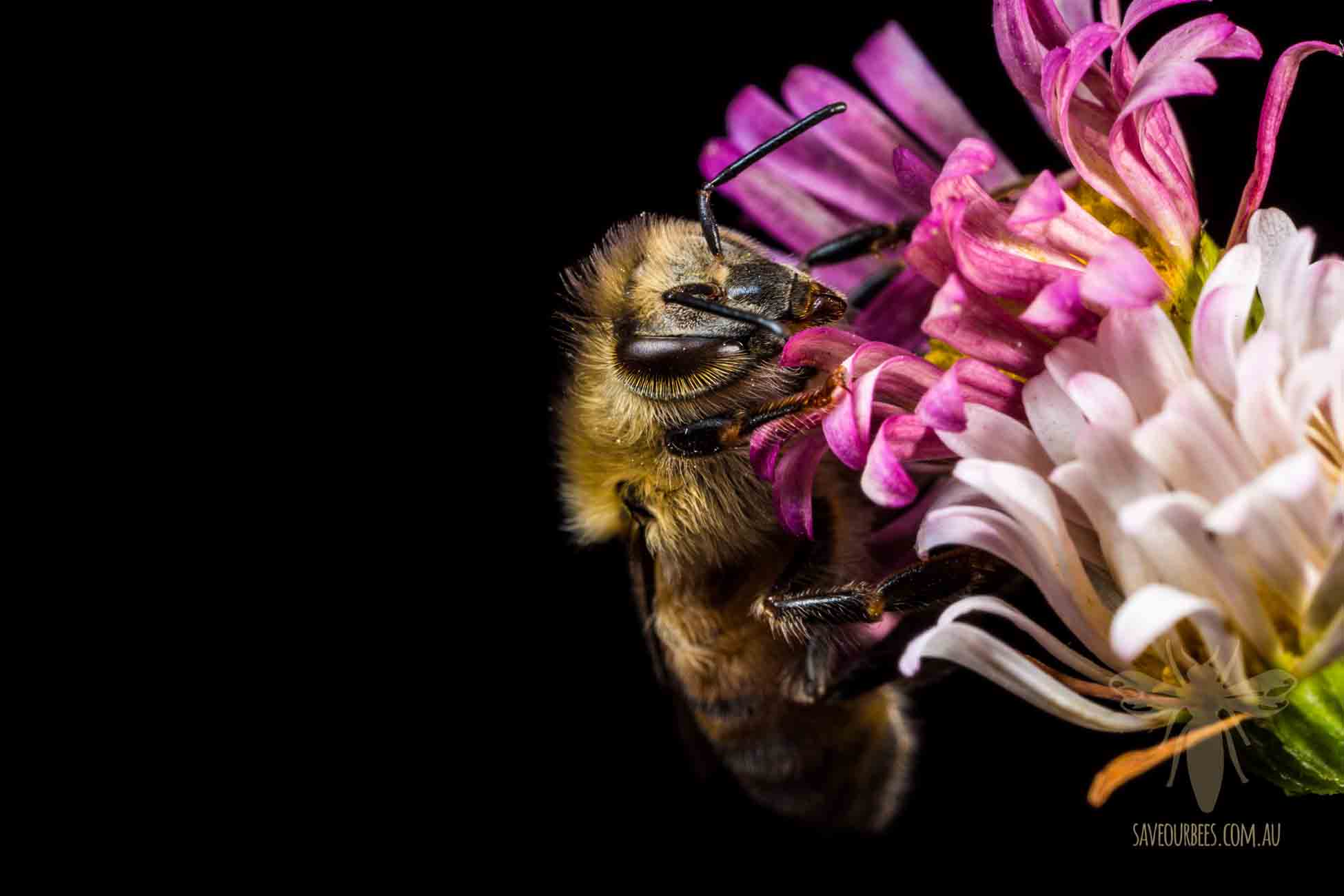
Nectar

The worker honey bee will also forage for nectar that is sucked up through her proboscis, rather like a hollow tongue. This nectar is mixed with the bees enzymes in her honey stomach and carried all the way back to the hive, where it is finally stored in wax honeycomb cells, fanned to remove excessive moisture, to prevent it from fermenting and eventually becomes honey.
Worker Honey Bee: Study in Macro
The Female Honey Bee Worker, Apis Mellifera A study in Macro The worker honey bee is an infertile female bee. First of all, she [...]

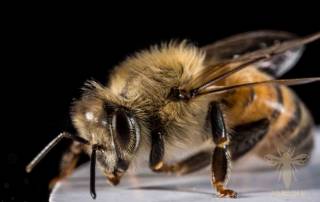
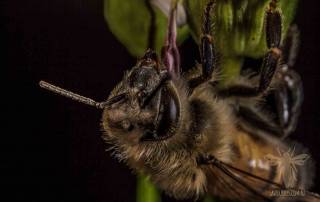
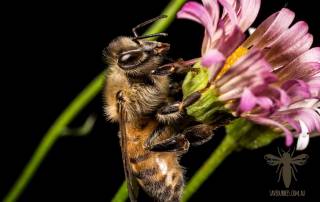
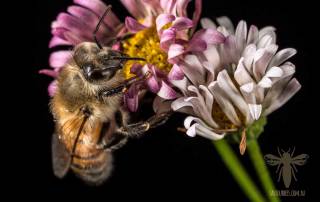
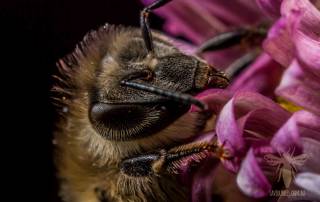
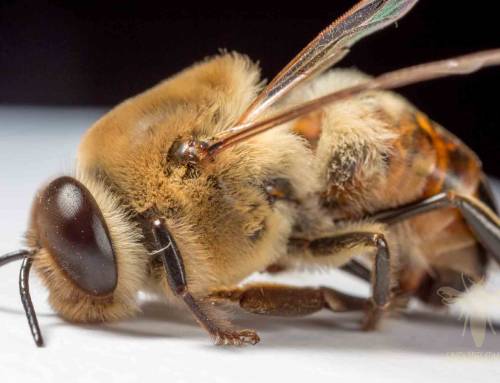
Leave A Comment